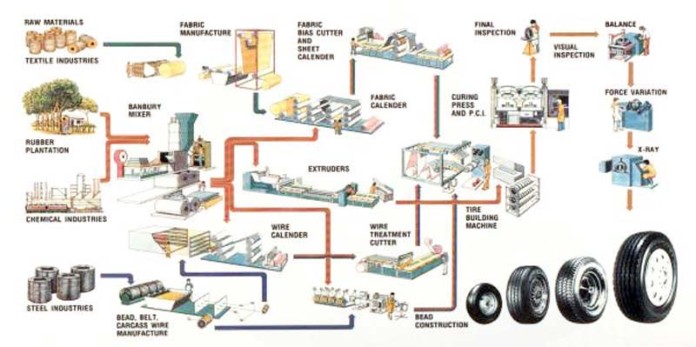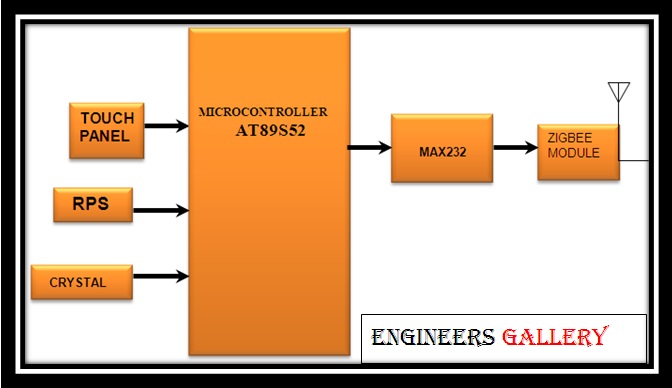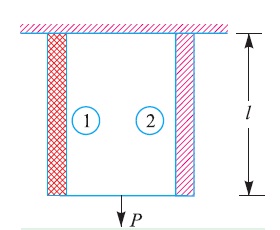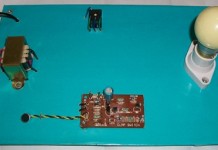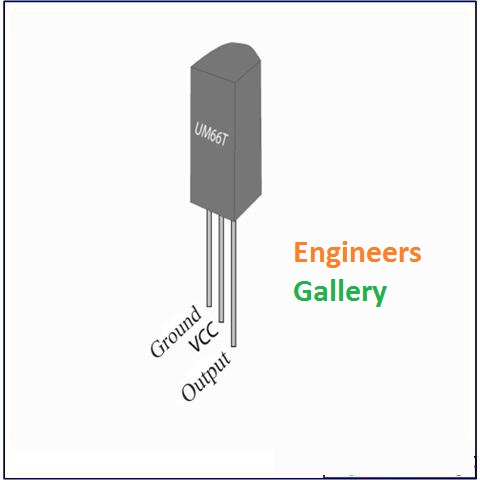CLASSIFICATION OF MANUFACTURING PROCESSES
For producing of products materials are needed. Therefore it is therefore important to know the characteristics of the available engineering materials. Raw materials used manufacturing of products, tools, machines and equipment in factories or industries are extracted from ores. The ores are suitably converted the metal into a molten form by reducing or refining processes in foundries. This molten metal is poured into moulds for providing commercial castings, called ingots. Such ingots are then processed in rolling mills to obtain market form of material supply in form of bloom, billets, slabs and rods.
These forms of material supply are further subjected to various manufacturing processes for getting usable metal products of different shapes and sizes in various manufacturing shops. All these processes used in manufacturing concern for changing the ingots into usable products may be classified into six major groups as primary shaping processes, secondary machining processes, metal forming processes, joining processes, surface finishing processes and processes effecting change in properties. These are discussed as under.
1.7.1 Primary Shaping Processes
Primary shaping processes are manufacturing of a product from an amorphous material. Some processes produces finish products or articles into its usual form whereas others do not, and require further working to finish component to the desired shape and size. Castings need re-melting of scrap and defective ingots in cupola or in some other melting furnace and then pouring of the molten metal into sand or metallic moulds to obtain the castings. Thus the intricate shapes can be manufactured. Typical examples of the products that are produced by casting process are machine beds, automobile engines, carburetors, flywheels etc. The parts produced through these processes may or may not require to under go further operations.
Some of the important primary shaping processes is:
(1) Casting,
(2) Powder metallurgy,
(3) Plastic technology,
(4) Gas cutting,
(5) Bending and
(6) Forging.
1.7.2. Secondary or Machining Processes
As large number of components require further processing after the primary processes. These components are subjected to one or more number of machining operations in machine shops, to obtain the desired shape and dimensional accuracy on flat and cylindrical jobs. Thus, the jobs undergoing these operations are the roughly finished products received through primary shaping processes. The process of removing the undesired or unwanted material from the work piece or job or component to produce a required shape using a cutting tool is known as machining.
This can be done by a manual process or by using a machine called machine tool (traditional machines namely lathe, milling machine, drilling, shaper, planner, slotter). In many cases these operations are performed on rods, bars and flat surfaces in machine shops. These secondary processes are mainly required for achieving dimensional accuracy and a very high degree of surface finish. The secondary processes require the use of one or more machine tools, various single or multi-point cutting tools (cutters), job holding devices, marking and measuring instruments, testing devices and gauges etc. for getting desired dimensional control and required degree of surface finish on the workpieces. The example of parts produced by machining processes includes hand tools machine tools instruments, automobile parts, nuts, bolts and gears etc. Lot of material is wasted as scrap in the secondary or machining process.
Some of the common secondary or machining processes are—
(1) Turning,
(2) Threading,
(3) Knurling,
(4) Milling,
(5) Drilling,
(6) Boring,
(7) Planning,
(8) Shaping,
(9) Slotting,
(10) Sawing,
(11) Broaching,
(12) Hobbing,
(13) Grinding,
(14) Gear cutting,
(15) Thread cutting and
(16) Unconventional machining processes namely machining with Numerical Control (NC) machines tools or Computer Numerical Control (CNC) machines tools using ECM, LBM, AJM, USM setups etc.
1.7.3 Metal Forming Processes
Forming processes encompasses a wide variety of techniques, which make use of suitable force, pressure or stresses, like compression, tension and shear or their combination to cause a permanent deformation of the raw material to impart required shape. These processes are also known as mechanical working processes and are mainly classified into two major categories i.e., hot working processes and cold working processes. In these processes, no material is removed; however it is deformed and displaced using suitable stresses like compression, tension, and shear or combined stresses to cause plastic deformation of the materials to produce required shapes. Such processes lead to production of directly usable articles which include kitchen utensils, rods, wires, rails, cold drink bottle caps, collapsible tubes etc. Some of the important metal forming processes are:
Hot working Processes
(1) Forging,
(2) Rolling,
(3) Hot spinning,
(4) Extrusion,
(5) Hot drawing and
(6) Hot spinning.
Cold working processes
(1) Cold forging,
(2) Cold rolling,
(3) Cold heading,
(4) Cold drawing,
(5) Wire drawing,
(6) Stretch forming,
(7) Sheet metal working processes such as piercing, punching, lancing, notching, coining, squeezing, deep drawing, bending etc.
1.7.4 Joining Processes
Many products observed in day-to-day life, are commonly made by putting many parts together may be in subassembly. For example, the ball pen consists of a body, refill, barrel, cap, and refill operating mechanism. All these parts are put together to form the product as a pen. More than 800 parts are put together to make various subassemblies and final assembly of car or aero-plane. A complete machine tool may also require to assemble more than 100 parts in various sub assemble or final assembly.
The process of putting the parts together to form the product, which performs the desired function, is called assembly. An assemblage of parts may require some parts to be joined together using various joining processes. But assembly should not be confused with the joining process.
Most of the products cannot be manufactured as single unit they are manufactured as different components using one or more of the above manufacturing processes, and these components are assembled to get the desired product. Joining processes are widely used in fabrication and assembly work.
In these process two or more pieces of metal parts are joined together to produce desired shape and size of the product. The joining processes are carried out by fusing, pressing, rubbing, riveting, screwing or any other means of assembling. These processes are used for assembling metal parts and in general fabrication work. Such requirements usually occur when several pieces are to be joined together to fabricate a desired structure of products.
These processes are used developing steam or water-tight joints. Temporary, semi-permanent or permanent type of fastening to make a good joint is generally created by these processes. Temporary joining of components can be achieved by use of nuts, screws and bolts. Adhesives are also used to make temporary joints. Some of the important and common joining processes are:
(1) Welding (plastic or fusion),
(2) Brazing,
(3) Soldering,
(4) Riveting,
(5) Screwing,
(6) Press fitting,
(7) Sintering,
(8) Adhesive bonding,
(9) Shrink fitting,
(10) Explosive welding,
(11) Diffusion welding,
(12) Keys and cotters joints,
(13) Coupling and
(14) Nut and bolt joints.
1.7.5 Surface Finishing Processes
Surface finishing processes are utilized for imparting intended surface finish on the surface of a job. By imparting a surface finishing process, dimension of part is not changed functionally; either a very negligible amount of material is removed from the certain material is added to the surface of the job. These processes should not be misunderstood as metal removing processes in any case as they are primarily intended to provide a good surface finish or a decorative or protective coating on to the metal surface. Surface cleaning process also called as a surface finishing process. Some of the commonly used surface finishing processes are:
(1) Honing,
(2) Lapping,
(3) Super finishing,
(4) Belt grinding,
(5) Polishing,
(6) Tumbling,
(7) Organic finishes,
(8) Sanding,
(9) deburring,
(10) Electroplating,
(11) Buffing,
(12) Metal spraying,
(13) Painting,
(14) Inorganic coating,
(15) Anodizing,
(16) Sheradising,
(17) Parkerizing,
(18) Galvanizing,
(19) Plastic coating,
(20) Metallic coating,
(21) Anodizing and
(22) Sand blasting.
1.7.6 Processes Effecting Change in Properties
Processes effecting change in properties are generally employed to provide certain specific properties to the metal work pieces for making them suitable for particular operations or use. Some important material properties like hardening, softening and grain refinement are needed to jobs and hence are imparted by heat treatment. Heat treatments affect the physical properties and also make a marked change in the internal structure of the metal. Similarly the metal forming processes effect on the physical properties of work pieces Similarly shot peening process, imparts fatigue resistance to work pieces. A few such commonly used processes are given as under:
(1) Annealing,
(2) Normalising,
(3) Hardening,
(4) Case hardening,
(5) Flame hardening,
(6) Tempering,
(7) Shot peeing,
(8) Grain refining and
(9) Age hardening.
In addition, some allied manufacturing activities are also required to produce the finished product such as measurement and assembly.
Reference Introduction to basic CLASSIFICATION OF MANUFACTURING PROCESSES and Workshop Technology by Rajender Singh.
For engineering project visit this page regularly for know more things related project ideas. Click here to see Ideas of Projects.

